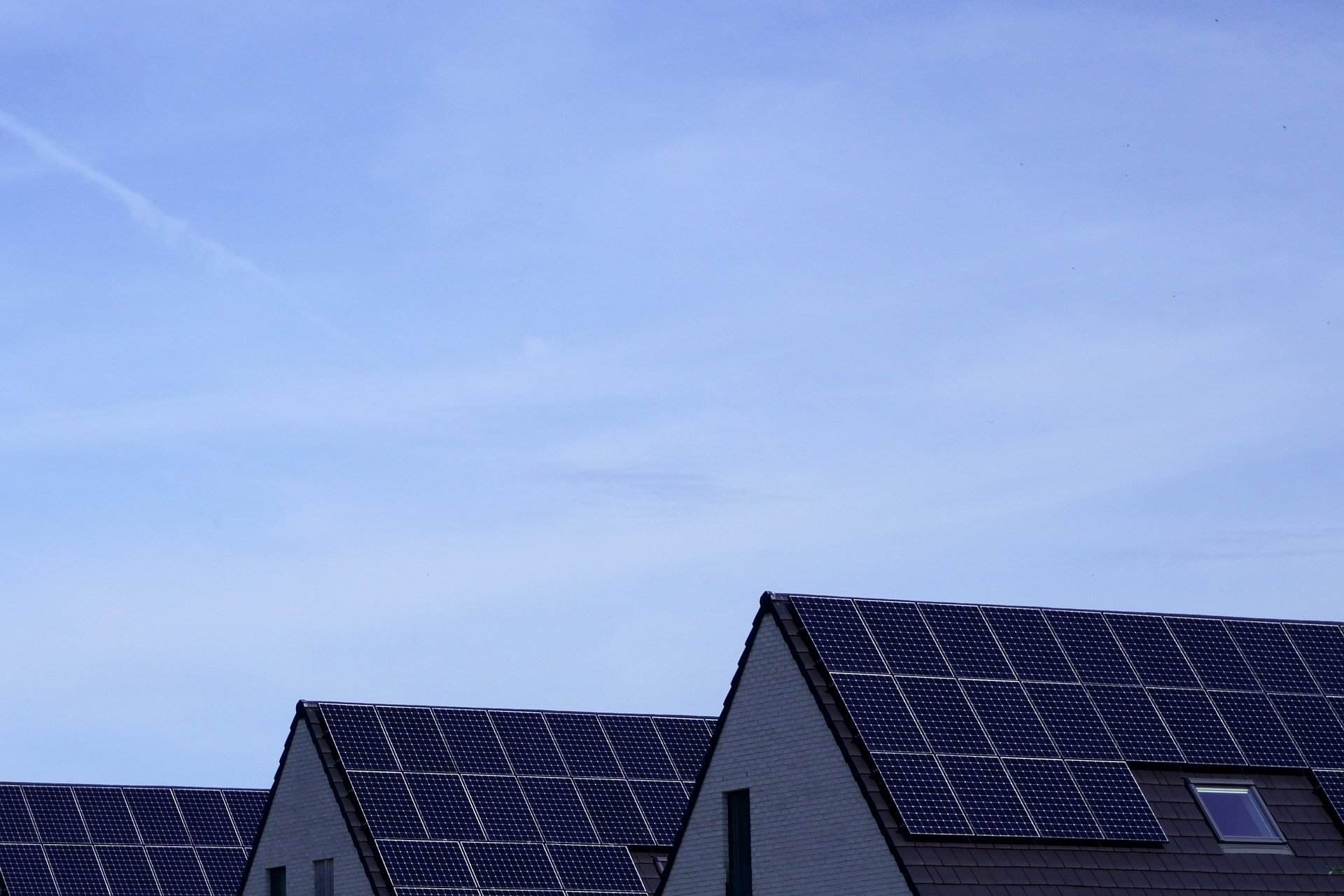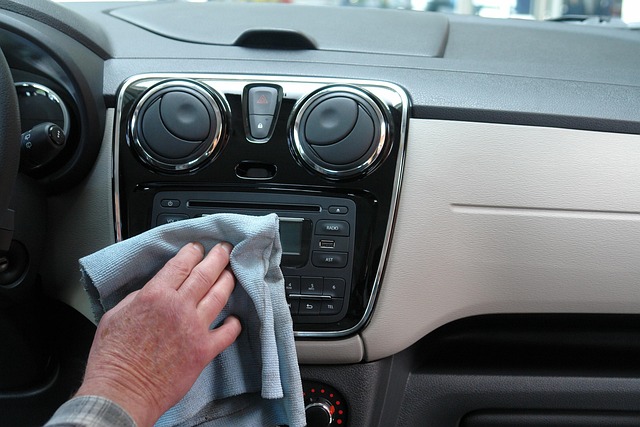Solar Systems & Panels: The Rising Trend Powering Homes in 2025
Homeowners across the United States are increasingly turning to solar energy as a practical solution for reducing electricity bills and embracing renewable power. With advancing technology, falling installation costs, and growing environmental awareness, solar systems and panels have become more accessible than ever. Understanding the factors driving this shift, the financial considerations involved, and how different options compare can help you make informed decisions about whether solar energy is right for your home.

What’s Driving the Solar Energy Trend in 2025?
The momentum behind solar energy adoption continues to build as we move through 2025. Several factors contribute to this upward trajectory. Federal and state incentives, including tax credits and rebates, have made solar installations more financially attractive for homeowners. The Investment Tax Credit (ITC) allows homeowners to deduct a significant percentage of their solar installation costs from federal taxes, reducing the overall financial burden.
Technological improvements have also played a crucial role. Modern solar panels are more efficient, durable, and aesthetically pleasing than earlier generations. Manufacturers have developed panels that perform better in low-light conditions and maintain efficiency over longer periods. Additionally, battery storage systems have become more affordable and effective, allowing homeowners to store excess energy for use during nighttime or cloudy days.
Environmental concerns and the desire for energy independence further motivate homeowners to explore solar options. With utility rates rising in many regions, locking in lower energy costs through solar installations offers long-term financial predictability and protection against future price increases.
Understanding Solar Systems & Panels Costs in 2025
The financial aspect of going solar remains a primary consideration for most homeowners. The total cost of a residential solar system depends on several variables, including system size, panel quality, installation complexity, and geographic location. On average, a typical residential solar installation in the United States ranges from $15,000 to $30,000 before incentives for a system sized between 5 to 10 kilowatts.
After applying federal tax credits and state-level incentives, the net cost can decrease substantially, often by 30% or more. Some states offer additional rebates, performance-based incentives, or property tax exemptions for solar installations. Financing options such as solar loans, leases, and power purchase agreements (PPAs) provide alternatives to upfront cash payments, making solar accessible to a broader range of homeowners.
Installation costs have declined significantly over the past decade due to increased competition, improved manufacturing processes, and economies of scale. However, prices can vary considerably based on your location, roof condition, and the specific equipment selected. Additional factors like electrical panel upgrades, roof repairs, or tree removal may add to the overall project cost.
Prices, rates, or cost estimates mentioned in this article are based on the latest available information but may change over time. Independent research is advised before making financial decisions.
How Do Solar Systems & Panels Comparison Work?
When evaluating solar options, homeowners typically compare different panel types, manufacturers, and installation companies. The three main types of solar panels are monocrystalline, polycrystalline, and thin-film. Monocrystalline panels offer the highest efficiency rates, typically between 18% and 22%, and perform well in limited space. They tend to be more expensive but provide better long-term value due to their durability and efficiency.
Polycrystalline panels are slightly less efficient, usually ranging from 15% to 17%, but come at a lower price point. They work well for homeowners with ample roof space who prioritize affordability over maximum efficiency. Thin-film panels are the least efficient but offer flexibility and lightweight design, making them suitable for specific applications where traditional panels may not work.
Beyond panel type, comparing warranties, degradation rates, and manufacturer reputation is essential. Most quality panels come with 25-year performance warranties, guaranteeing that panels will maintain a certain efficiency level over time. Inverter quality also matters significantly, as this component converts the direct current (DC) produced by panels into alternating current (AC) used in homes.
| Panel Type | Efficiency Range | Typical Cost per Watt | Best For |
|---|---|---|---|
| Monocrystalline | 18-22% | $1.00-$1.50 | Limited roof space, maximum efficiency |
| Polycrystalline | 15-17% | $0.70-$1.00 | Budget-conscious, ample roof space |
| Thin-Film | 10-13% | $0.50-$0.80 | Flexible applications, lightweight needs |
Prices, rates, or cost estimates mentioned in this article are based on the latest available information but may change over time. Independent research is advised before making financial decisions.
What Installation Factors Should You Consider?
Successful solar installation requires careful planning and consideration of multiple factors. Roof orientation and angle significantly impact system performance. South-facing roofs with minimal shading typically provide optimal conditions for solar energy generation in the United States. However, east and west-facing installations can also be viable, though they may produce slightly less energy.
Roof condition matters considerably. If your roof needs replacement within the next 10 to 15 years, addressing this before solar installation makes financial sense. Removing and reinstalling solar panels to accommodate roof work later adds unnecessary expense. Most solar systems are designed to last 25 to 30 years, so ensuring your roof can support them for that duration is crucial.
Local regulations, permitting requirements, and homeowner association rules can affect installation timelines and costs. Working with experienced local installers who understand regional requirements helps navigate these complexities. They can also advise on optimal system sizing based on your energy consumption patterns and future needs.
How Do You Evaluate Solar Providers and Quotes?
Selecting the right solar installation company requires research and comparison. Reputable installers should provide detailed proposals outlining equipment specifications, estimated energy production, costs, financing options, and warranties. Obtaining multiple quotes allows you to compare offerings and identify the best value for your specific situation.
Look for companies with proper licensing, insurance, and a track record of successful installations in your area. Customer reviews, industry certifications, and manufacturer partnerships indicate reliability and expertise. Be cautious of high-pressure sales tactics or deals that seem too good to be true.
Ask potential installers about their experience with your specific roof type, their workmanship warranty, and post-installation support. Understanding what happens if equipment fails or performance falls short of projections is essential. Quality installers stand behind their work and maintain ongoing relationships with customers.
What Are the Long-Term Benefits and Considerations?
Beyond immediate cost savings, solar systems offer long-term financial and environmental benefits. Most homeowners see a return on investment within 7 to 12 years, depending on system costs, energy production, and local electricity rates. After the payback period, the electricity generated is essentially free, providing decades of savings.
Solar installations can increase property values, with studies showing that homes with solar systems often sell faster and at higher prices than comparable homes without solar. This added value can offset initial installation costs when you eventually sell your property.
Maintenance requirements for solar systems are minimal. Occasional cleaning to remove debris and periodic inspections ensure optimal performance. Most systems include monitoring capabilities that alert you to performance issues, allowing for prompt resolution. With proper care, solar panels can continue producing electricity efficiently for 30 years or more, making them a sound long-term investment for many homeowners looking to reduce energy costs and environmental impact.




